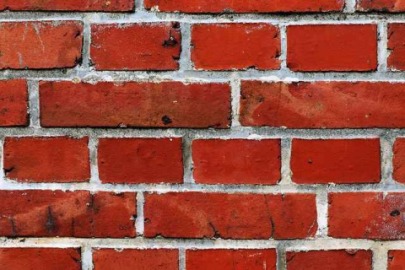
The enclosure stage in Construction
The enclosure stage is pivotal in transforming the skeletal structure into a functional and weather-resistant building. Here's a closer look at the components and materials typically involved:
- Exterior Walls: These walls form the outer shell of the building and provide structural support, insulation, and protection from the elements. Materials commonly used for exterior wall construction include:
- Bricks: Durable and aesthetically pleasing, bricks are often used for their thermal mass properties and visual appeal.
- Concrete Blocks: Also known as concrete masonry units (CMUs), these blocks offer strength and fire resistance and are commonly used in commercial and residential construction.
- Wood Framing: Wooden studs and sheathing are widely used in residential construction for their versatility, ease of installation, and cost-effectiveness.
- Once the wall framing is in place, exterior walls are covered with cladding materials such as:
- Siding: Various types of siding materials are available, including vinyl, wood, fiber cement, and metal, each offering different aesthetics, durability, and maintenance requirements.
- Stucco: A mixture of cement, sand, and lime applied over a metal or wood lath, providing a durable and weather-resistant finish commonly used in Mediterranean and Southwestern architectural styles.
- Roof: The roof structure provides protection from weather elements and supports the weight of the roof covering. Common roof structures include:
- Roof Trusses: Prefabricated triangular frames made of wood or steel, designed to span long distances and support the roof loads.
- Rafters: Sloping structural members that support the roof covering and transfer loads to the walls or beams below.
- Roofing materials vary depending on factors such as climate, aesthetics, and budget. Some common roofing materials include:
- Shingles: Asphalt, wood, or composite shingles are popular for their affordability, durability, and ease of installation.
- Tiles: Clay, concrete, or slate tiles offer durability, fire resistance, and a distinctive appearance, often used in Mediterranean and Spanish-style architecture.
- Metal Panels: Steel, aluminum, or copper panels provide durability, longevity, and energy efficiency, suitable for a variety of architectural styles.
The enclosure stage not only enhances the building's aesthetics but also ensures its durability, energy efficiency, and comfort for occupants. Proper installation of insulation, vapor barriers, and moisture control measures is essential to maintain a healthy indoor environment and prevent issues such as mold growth and energy loss.